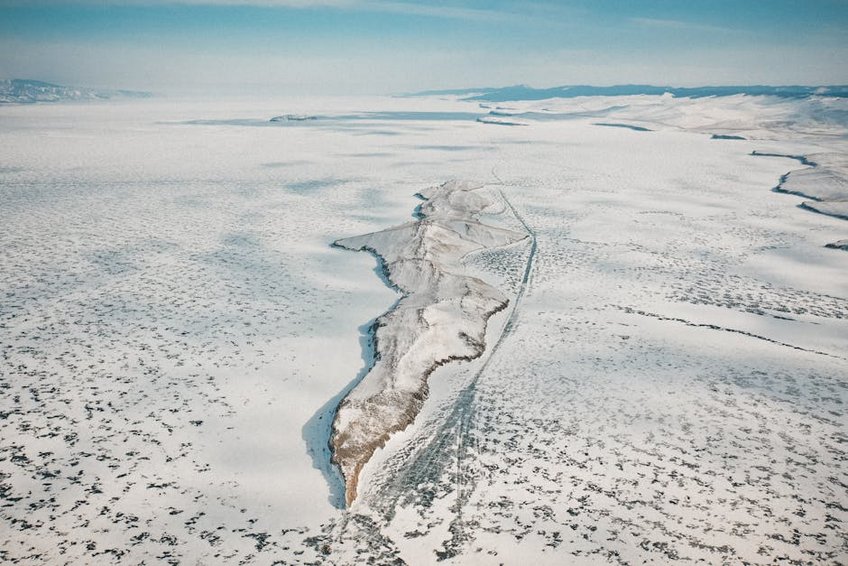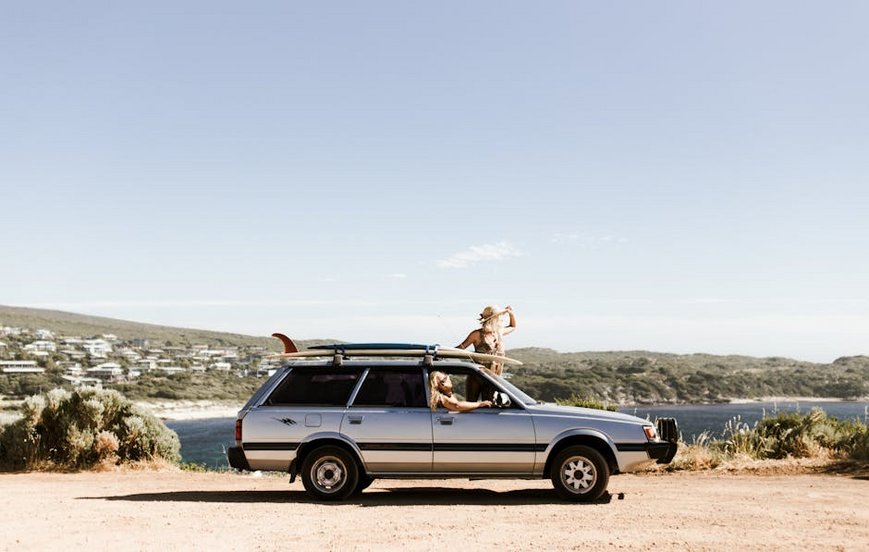Comoros Mount Karthala Volcano: Trekking Guide and Tips
Mount Karthala dominates Grande Comore island as an active stratovolcano rising 2,361 meters above the Indian Ocean. This colossal peak features one of the world’s largest calderas, spanning three kilometers wide with steep forested slopes. Your Comoros Mount Karthala Volcano adventure combines volcanic landscapes, unique biodiversity, and cultural immersion in the Comoros Archipelago.
Essential Comoros Volcano Information
Mount Karthala represents the southernmost volcano in the Comoros Islands, formed through hotspot volcanism over millions of years. The mountain’s most recent eruptions occurred in 2005 and 2006, emitting lava flows and ash clouds. Local communities maintain traditional beliefs about the volcano’s spiritual significance.
The volcano’s elevation creates multiple climate zones, from humid coastal forests to alpine shrubland near the summit. Karthala’s biodiversity includes endemic bird species like the Karthala white-eye and numerous plant varieties. Hikers should understand the volcanic terrain’s challenges before attempting ascents.
Volcanic Geology and Features
Karthala’s geological profile includes these distinctive characteristics.
- The main crater measures approximately 3×4 kilometers with a depth of 400 meters, containing smaller active vents and fumaroles.
- Basaltic lava flows from previous eruptions created rugged terrain with sharp aa lava and smoother pahoehoe formations.
- Secondary cones and parasitic vents dot the mountain’s flanks, evidence of Karthala’s complex volcanic system.
- Budget trekking: $800-1,200 covers basic guide services, camping gear rental, and local meals, staying in Moroni guesthouses before/after the climb.
- Mid-range experience: $1,500-2,200 includes better quality equipment, private guide, accommodation in mid-range hotels, and airport transfers.
- Luxury expedition: $2,500-3,800 features premium guided tours, quality mountain gear, beachside resorts, and customized itineraries with vehicle support.
- Comoros Government Official Portal
- Smithsonian Institution Global Volcanism Program
Climate and Weather Patterns
Karthala experiences distinct wet and dry seasons influencing trekking conditions. The humid season runs from November to April with temperatures between 75-90°F (24-32°C) and heavy rainfall. Meanwhile, the drier period from May to October offers clearer skies with temperatures of 70-85°F (21-29°C).
Altitude dramatically affects conditions, with summit temperatures often dropping to 50°F (10°C) overnight. Coastal humidity gives way to cooler, windier environments above 1,500 meters elevation. Sudden weather changes require flexible planning for any Karthala hiking expedition.
Conservation and Protected Areas
Mount Karthala National Park protects the volcano’s ecosystems across 15,000 hectares of forested terrain. The park sustains numerous endemic species alongside critical watershed functions for local communities. Conservation efforts balance tourism with preserving fragile volcanic habitats.

Alt: “mount-karthala-volcano-crater-aerial-view-comoros”
Planning Your Comoros Mount Karthala Volcano Trip
Successful Karthala ascents demand thorough preparation regarding timing, fitness, and local logistics. The volcano’s active status means checking current volcanic alert levels through official sources. Budget approximately $1,500-2,500 for a comprehensive week-long Comoros hiking adventure.
Physical conditioning should include cardiovascular training and leg strength exercises for the strenuous 8-12 hour summit push. Local guides provide essential navigation through frequently foggy conditions and changing trails. Secure necessary permits and accommodations well before your intended trekking dates.
Best Time to Visit Mount Karthala
Visit between May and October for optimal dry season conditions with minimal rainfall and better visibility. Daytime temperatures range from 75-85°F (24-29°C) at lower elevations with cooler 50-60°F (10-15°C) nights at higher camps. These months offer the most reliable weather windows for summit attempts.
Shoulder months in April and November present acceptable conditions with occasional brief showers. Avoid the rainy season from December to March when trails become slippery and cloud cover obstructs views. Check lunar cycles for potential full moon hikes illuminating the landscape.
Budget Planning and Costs
Consider these budget tiers for your volcanic adventure.
Essential Preparation Checklist
Pack layered clothing including moisture-wicking base layers, insulation, and waterproof outer shells for variable conditions. Sturdy hiking boots with ankle support, headlamps with extra batteries, and at least 3 liters of water capacity are mandatory. Include high-energy snacks, basic first aid supplies, and blister treatment materials.
Required documentation includes a valid passport with six months validity and a Comoros visa obtainable on arrival for $30-50. Travel insurance covering emergency evacuation and volcanic activity disruptions is strongly recommended. Book guides and accommodations 2-3 months in advance for peak season visits.
Top Attractions and Volcanic Activities
Karthala offers diverse experiences beyond the summit climb, from crater exploration to cultural encounters in surrounding villages. The volcano’s lower slopes feature beautiful rainforest trails with opportunities for birdwatching and photography. Several scenic viewpoints provide dramatic perspectives of the caldera and coastal vistas.
Local guides can arrange visits to lava fields from recent eruptions, showcasing the volcano’s dynamic nature. The nearby capital Moroni offers historical sites and markets to complement your volcanic adventure. Combining mountain trekking with Indian Ocean beach time creates a balanced Comoros itinerary.
Must-See Volcanic Highlights
The summit crater presents an otherworldly landscape of volcanic rock formations and steaming vents. This massive caldera requires careful navigation but rewards with unparalleled views across the Comoros archipelago. Early morning arrivals provide the clearest visibility before clouds typically gather by midday.
Choungui Chagnoumeni forest on Karthala’s slopes features endemic vegetation and birdlife within protected montane ecosystems. The Lac Sale crater lake occasionally appears after heavy rainfall, creating a temporary volcanic lake. These natural features demonstrate Karthala’s ongoing geological activity.
Hidden Gems and Local Favorites
Local villages like Mvouni and Itsandra offer authentic cultural experiences with traditional Comorian hospitality. These communities maintain farming practices on the volcano’s fertile slopes, growing vanilla, ylang-ylang, and cloves. Visitors can arrange homestays to learn about local customs and volcano-related folklore.
Lesser-known trails on Karthala’s eastern flank provide alternative routes with different perspectives and fewer hikers. Secret waterfalls emerge during the wet season within lush ravines carved by volcanic erosion. These off-the-beaten-path locations reveal Karthala’s diverse landscapes beyond the main summit route.
Volcano Photography Opportunities
Karthala offers exceptional photography conditions during golden hour and under clear night skies. The crater’s stark landscape creates dramatic compositions against sunrise or sunset backgrounds. Star photography benefits from minimal light pollution at higher elevations.
Wildlife photographers find numerous endemic species in the montane forests, particularly birdlife unique to Karthala. Volcanic features like lava tubes and formations provide interesting geological subjects. Always protect equipment from volcanic dust and sudden weather changes.
Practical Travel Information
Prince Said Ibrahim International Airport (HAH) serves as the main international gateway located near Moroni. Direct flights connect from destinations like Paris, Istanbul, Nairobi, and Addis Ababa with 1-2 stopovers from most international locations. Local transportation includes taxis, rental cars, and minibuses for getting around Grande Comore.
Accommodation ranges from basic guesthouses to a few international-standard hotels, primarily concentrated in Moroni and coastal areas. Advance bookings are essential during peak trekking seasons from June to September. Most visitors base themselves in Moroni before and after volcano expeditions.
| Accommodation Type | Features and Location | Price Range (USD) |
|---|---|---|
| Budget Guesthouses | Basic rooms, shared facilities, central Moroni location, local meals available | $25-45/night |
| Mid-Range Hotels | Private bathrooms, air conditioning, swimming pools, restaurant services | $70-120/night |
| Beach Resorts | Ocean views, upgraded amenities, spa services, organized tours | $150-250/night |
| Mountain Refuge | Basic shelter at 1,800m elevation, dormitory style, advance booking required | $15-25/night |


